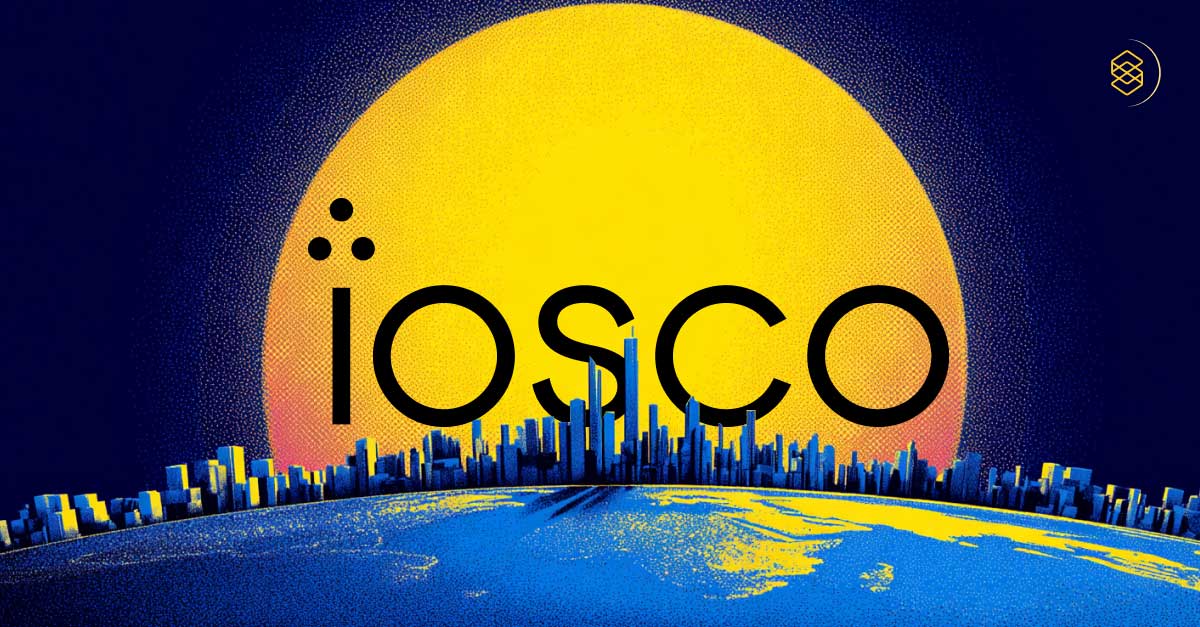Hong Kong has officially ignited the next phase of the crypto ETF evolution. On October 22, 2025, the Securities and Futures Commission (SFC) approved Asia’s first spot Solana (SOL) ETF, authorizing the ChinaAMC Solana ETF to begin trading on the Hong Kong Stock Exchange on October 27.
The move places Hong Kong at the forefront of global digital-asset regulation, expanding the ETF frontier beyond Bitcoin and Ethereum and sending a powerful signal that mature oversight and innovation can coexist.
For investors, it opens new access to one of the industry’s most dynamic ecosystems. For compliance leaders, it underscores a new chapter: how to harness the energy of onchain innovation while ensuring market integrity keeps pace.
A Turning Point for Regulated Crypto Markets and Solana ETF Adoption
Each lot of the ChinaAMC Solana ETF represents 100 SOL tokens, traded in HKD, RMB, and USD, offering regional and institutional investors a fully regulated, exchange-traded vehicle for participating in Solana’s growth.
While there are indications that recent political gridlock and a temporary U.S. government shutdown have slowed progress on comparable crypto ETF approvals, Hong Kong’s decision demonstrates a confident, risk-aware approach. It shows that regulated pathways into crypto are not only possible but sustainable, when they are built with robust investor safeguards and compliance frameworks in mind.
This isn’t a race to list faster. It’s a race to build the most resilient bridge between traditional and digital markets.
Solana ETF Ecosystem Insights and Digital-Asset Supervision Challenges
Solana’s Technological Foundation and ETF Readiness
Solana’s technology is undeniably compelling, a high-performance blockchain that supports thousands of decentralized applications, NFT projects, and DeFi protocols. Its speed and efficiency make it one of the most actively used networks globally, consistently ranking near the top across total value locked (TVL), transaction throughput, and active addresses.
Market Integrity and ETF Compliance Risks Across Permissionless Innovation
But rapid innovation comes with growing pains. Solidus Labs’ 2025 “Rug Pulls and Pump-and-Dumps on Solana” report analyzed millions of transactions and found that over 98% of Pump.fun token launches and more than 90% of Raydium liquidity pools showed manipulative code or price action consistent with rug pulls.
These findings don’t reflect the Solana protocol itself, but rather the challenge of open, permissionless creation at scale, a feature of blockchain’s power and its risk.As with any frontier market, visibility is the key to stability.
From Market Integrity Risks to Real-Time Readiness in Crypto Regulation
The lesson isn’t to shy away from innovation, it’s to equip markets with the right tools to monitor, detect, and mitigate emerging threats in real time.
Modern surveillance systems, like Solidus Labs’ HALO platform, enable regulators, custodians, and ETF issuers to do just that, by applying behavior-based analytics that spot suspicious activity long before it impacts investors. Unlike legacy tools built for equities, AI-powered, cross-venue detection models can capture manipulation across onchain and offchain environments, bridging the data gap that defines crypto’s complexity.
In this way, compliance doesn’t cool momentum, it enables it. It transforms market risk into market readiness, ensuring that innovation and investor protection move in tandem.
Hong Kong SFC Leadership and the Future of Regulated Crypto ETFs
The Solana ETF marks more than a new listing; it marks a shift in regulatory philosophy, from exclusion to engagement. By allowing regulated access to a high-velocity ecosystem, the SFC has acknowledged that oversight must evolve alongside the technology, not after it.
That evolution depends on continuous surveillance, risk intelligence, and data transparency. As ETF products proliferate, and as other jurisdictions watch Hong Kong’s lead, this infrastructure will determine not just who joins the race, but who can stay in it.
Capturing the SOL Energy and Advancing Market Integrity Frameworks
“Sol Energy” captures both the promise and pressure of today’s digital-asset markets, dynamic, fast-moving, and filled with potential. But like any powerful force, it must be channeled responsibly.
Hong Kong’s Solana ETF proves that regulation and innovation are not opposing forces, they are parallel drivers of a maturing market. The key lies in building compliance architectures that see across venues, assets, and behaviors, transforming heat into light, and volatility into trust.
Because in the race for the future of finance, integrity isn’t a constraint, it’s the engine.
Build Integrity into Every Market Move
Ready to see how AI-powered surveillance turns volatility into vigilance?
What is the Solana ETF approved by Hong Kong’s SFC?
It’s Asia’s first spot Solana ETF, launched by ChinaAMC and approved by the SFC, offering fully regulated exposure to Solana’s blockchain ecosystem.
Why does it matter for crypto regulation and digital-asset supervision?
It demonstrates that regulated crypto markets can balance innovation with investor protection, setting a precedent for global jurisdictions.
What are the main market integrity challenges?
Permissionless innovation invites manipulation risks that require AI-driven surveillance and ETF compliance systems to detect and mitigate.
How does Solidus Labs enable safer ETF participation?
Through Solidus HALO, our AI-powered trade surveillance platform, regulators and ETF issuers gain visibility across on-chain and off-chain venues, ensuring market integrity at scale.







